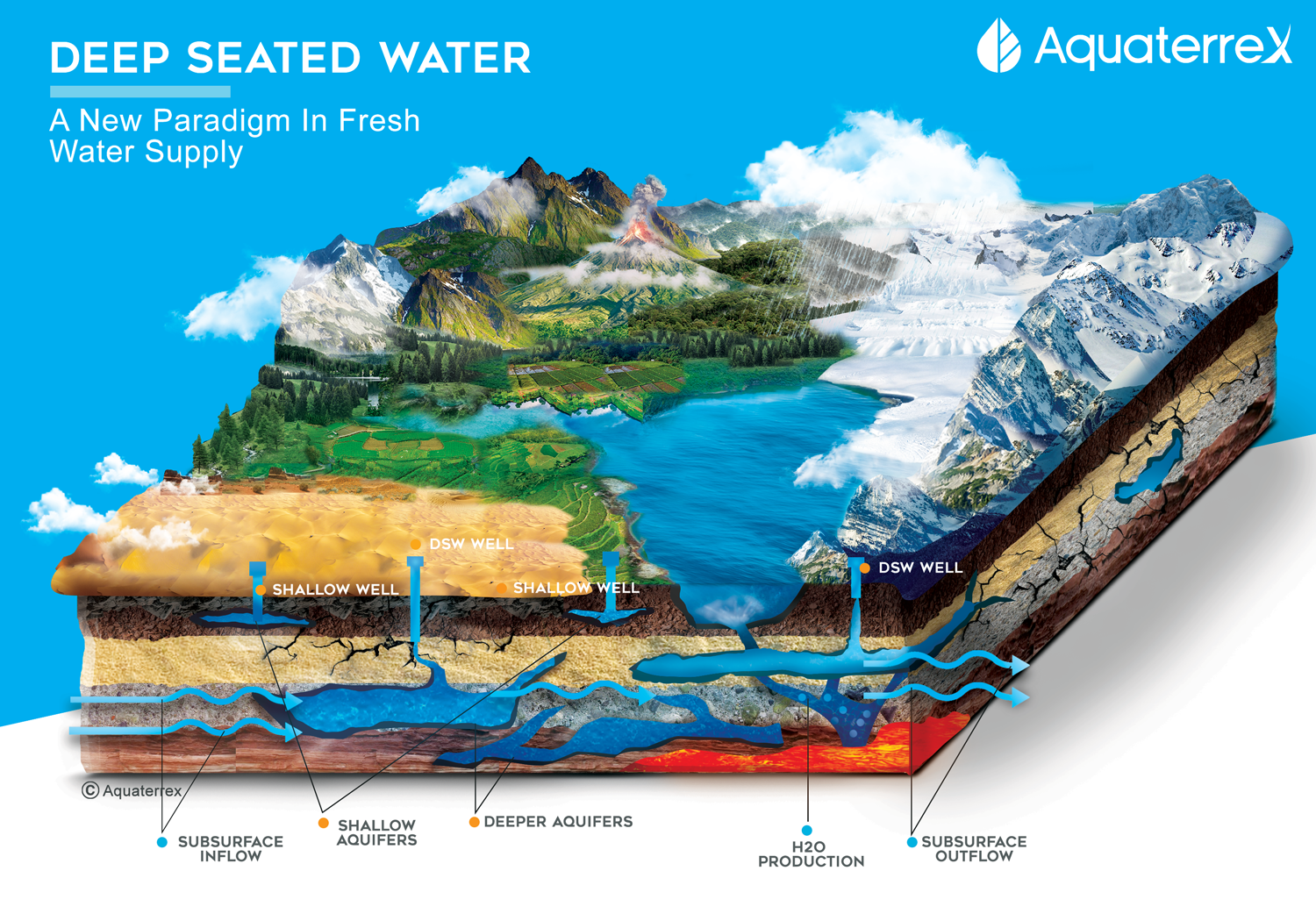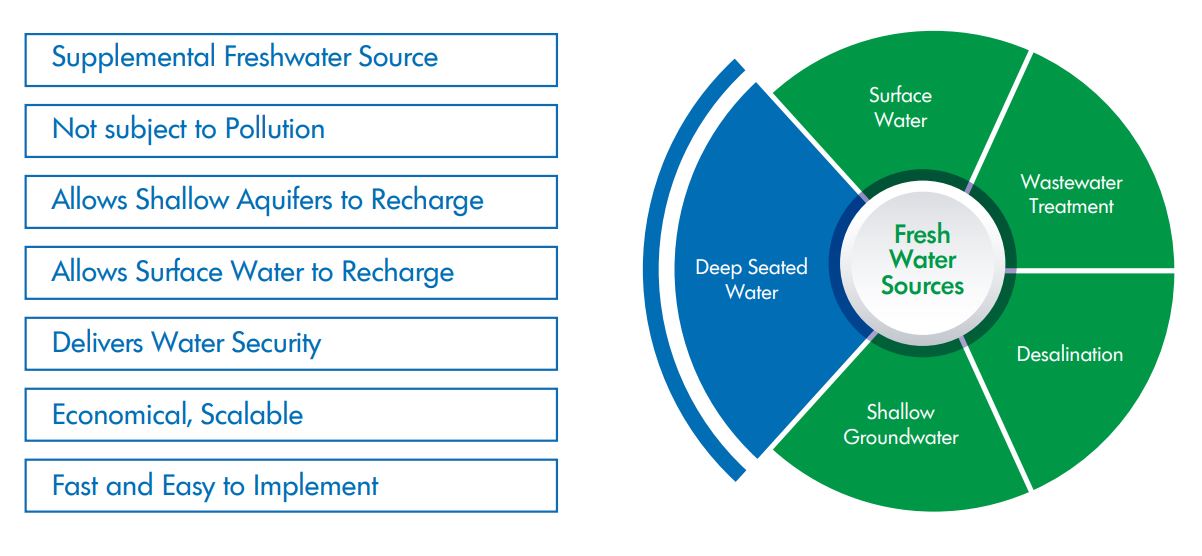
US Drought Marches East – Now the Mississippi is Threatened
Many of us are aware of the severe drought challenges affecting over 30 million people in the US Southwest, but what is even more alarming, and not as well known, is that the massive drought has now reached the “Mighty Mississippi” river. America’s largest river, located in the center of the country, is facing unprecedented drought conditions.
The onslaught of drought in the US is now affecting 59% of the country. Drought in the Great Plains has increased by 60,000 square miles, roughly the size of Georgia, and it covers all the Mississippi’s tributaries.
Barges loaded with agricultural, mining, and other products are being prevented from moving down the Mississippi. Each barge contains the equivalent of 134 semi-trucks. Peter Friedmann, Executive Director of the Agriculture Transportation Coalition says it will take tens of thousands of trucks to carry the same amount of cargo as the barges. Recently, over 2700 barges were “just stuck, they couldn’t float up or down the river.” Railroads are having labor and capacity issues, so they are not an easy option.
Prices for transportation have shot up as well. The cost of shipping corn, soybeans, or other grains southbound on the Mississippi from St. Louis to southern Louisiana has jumped over 380% from October 2021 to October 2022 according to the US Department of Agriculture. With the war in the Ukraine, a major global grain producer, there is a tremendous demand for US agricultural products, but getting them to market can be very challenging and costly these days. More data can be found in this video.
Drought is a Global Phenomenon
Rivers from the Mississippi to the Rhine in Germany and the Yangtze in China are experiencing unprecedented problems that impact the global economy and the livelihoods of tens of millions of people.
At AquaterreX, our mission is to help solve this global problem by adding the largely untapped ocean of fresh water to the supply of the planet. Deep Seated Water, described below, fits the environmental sustainability model as it would supply vast amounts of fresh water to regions while also allowing the existing sources to replenish. It is the “Missing Piece” that can solve the water crisis puzzle. The good news is, Deep Seated Water is a source that can supply the needs of the planet for thousands of years.
What is Deep Seated Water?
Deep Seated Water (DSW), is groundwater, typically sourced from deep aquifers that are located lower than shallow aquifers. Such deep aquifers are supplied not only from local catchment basins but also by subsurface inflows across basin boundaries. Deep Seated Water also encompasses water created at the mantle level of the Earth under extreme heat and pressure as confirmed by this report on mantle rain. Contamination does not occur in these deep water aquifers as modern pollution has not reached these deeper levels. And the best news is that this water is accessible and plentiful.
An Ocean of Fresh Water Abounds Right Beneath Our Feet
A vast ocean of fresh water exists right below our feet. It can be tapped economically and quickly. Hydrogeologists and other experts have overlooked it due to assumptions made decades ago. However, with 21st century technology this vast ocean of water can be located and brought to the surface within weeks. With the Mississippi threatened, this makes ecological sense to help our severe global water crisis. The US National Groundwater Association estimates there is 6,000 years of freshwater supply in the upper two kilometers of the earth’s crust Nature Geoscience article. AquaterreX has developed the ability to locate and economically bring to the surface these previously untapped water resources.
An example of huge new sources of fresh groundwater being discovered came just a few months ago in Texas. The newly named Maverick Basin Aquifer is known to be at least 3,000 square miles and averages 1,000 feet thick in most places. This comes years after Texas water experts concluded their deeper aquifers are brackish (salty) at best. Water tests on this new aquifer show it comes out of the ground already meeting or exceeding federal and state drinking water standards! Deep aquifer (texas.gov) These discoveries fly in the face of the commonly accepted beliefs of most hydrogeology professionals.
Solving the Water Crisis Puzzle
Deep Seated Water is the Missing Piece that can solve the water crisis puzzle – contamination, drought, scarcity. Many water strategies focus on conservation, rather than additional supply. Other solutions such as desalination and wastewater treatment are potential answers for some, but they also come with trade-offs such as high cost, high energy usage, long planning periods, and toxic waste. Deep Seated Water is located almost everywhere on the planet, and it can be added to the mix of solutions as a supplemental freshwater source that is not subject to contamination, is fast and easy to implement and is economical and scalable. And, tapping Deep Seated Water allows both surface water and shallow aquifer sources to recharge, making the total system more ecologically sustainable.
We Can Solve The Water Problem
The Mississippi River predicament has once again brought to the forefront the freshwater challenges we are facing around the world. It is time to consider all of the alternatives and solutions at our disposal. Science and technology are advancing to the point where we can make a difference quickly, if we just resolve to do it.
About AquaterreX
AquaterreX (www.aquaterrex.com) is a global environmental services organization with a mission to broadly implement effective water and food security solutions. The name AquaterreX comes from the Latin, aqua (water) and French, terre (earth, land) which is a derivative of the Latin, terra, and “X” for exploration. Thus, AquaterreX encompasses water and land solutions for the planet.
The company possesses proprietary technology to locate Deep Seated Water, which is fresh water situated below the shallow groundwater that supplies the majority of fresh water on the planet. This vast new source of water can help solve the water crisis facing billions of people.

